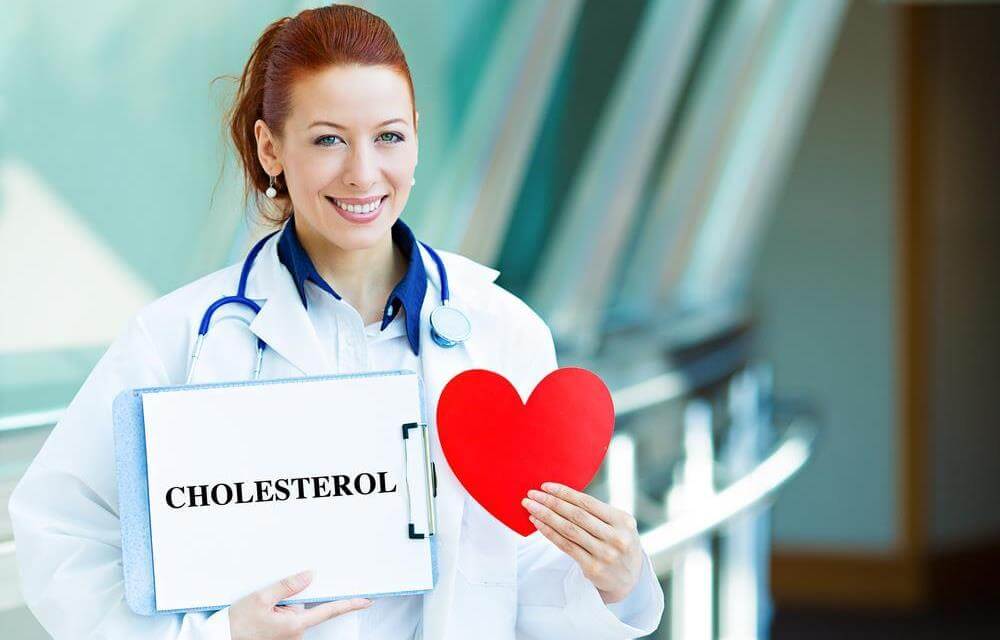Everything You Need To Know About Cholesterol Management
Everything you need to know about cholesterol management
The word cholesterol instantly strikes the thought of an unhealthy element in the body. However, this is not entirely true. This waxy matter is found in all the cells of the body and is crucial for producing hormones (estrogen, progesterone, testosterone, etc.), vitamin D, and bile acids. The body naturally produces cholesterol from the liver, and you can get it from external sources such as meat, poultry, dairy products, etc. The problem arises when your body starts to produce excess cholesterol which can create or trigger several health ailments. Therefore, cholesterol management is remarkably important.

To help you make better health and lifestyle choices, here are a few essential things about cholesterol that you should be aware of.
What are the key differences between HDL and LDL cholesterol?
- Popularly referred as the good cholesterol, high-density lipoprotein (HDL) is the tiniest and the thickest type of lipoprotein. This is because it comprises minimal fat content and more protein. HDL gathers the extra cholesterol and delivers it to the liver so that it can be broken down and eliminated from the body. It basically ensures that none of it clogs in the arteries.
- The complete opposite of HDL, low-density lipoprotein (LDL) is known as the bad cholesterol because it has a higher fat content and less protein.
What are the causes of high cholesterol levels?
- Poor diet including high levels of saturated fats
- Obesity
- Inadequate physical movement
- Excessive intake of alcohol and smoking
- Family history
What are the risks associated with high cholesterol levels?
- Stroke
- Heart attack
- High blood pressure
- Kidney disorders
- Peripheral vascular disease
- Angina
What are the different ranges in the cholesterol levels chart?
The cholesterol levels chart projects the total cholesterol by summing up HDL cholesterol, LDL cholesterol, and triglycerides (a type of fat found in the blood). The cholesterol levels chart for adults suggests that
- Good cholesterol is less than 200 mg/dL (milligrams per deciliter)
- Borderline cholesterol is between 200 to 240 mg/dL
- High cholesterol is above 240 mg/dL
Moreover, the cholesterol levels chart for children suggests that
- Good cholesterol is lower than 170 mg/dL
- Borderline cholesterol rests between 170 to 200 mg/dL
- High cholesterol levels cross the threshold of 200 mg/dL
These levels can be diagnosed by using a blood test known as the lipid panel. Your doctor might suggest you not eating or drinking 12 hours before the test.
Which foods to avoid when you have high cholesterol?
- Baked and sugary foods such as cakes, pastries, cookies, etc.
- Poultry with skin
- Dairy products, especially cream cheese, ice-cream, whole milk, butter, margarine, etc.
- Packaged and processed foods
- Shellfish
- Fried foods such as French fries
- Egg yolks
- Red meat
- Pork
Which foods increase healthy cholesterol levels?
- Chia seeds
- Beans and legumes
- Dark chocolate
- Fatty fishes such as salmon, mackerel, tuna, sardines, etc.
- Egg whites
- Olive oil
- Flax seeds
- Whole grains
- Fresh vegetables such as green leafy vegetables, carrots, broccoli, cabbage, sweet potatoes, etc.
- High fiber fruits like apples, bananas, berries, prunes, etc.
- Nuts such as hazelnuts, pecans, peanuts, pistachios, almonds, etc.
- Red wine
Apart from altering the diet, what measures can one take control unhealthy cholesterol?
- Give up smoking
- Daily workouts
- Supervise your alcohol consumption
- Lose the extra pounds
Besides the above-mentioned measures, your doctor might also prescribe you with certain medications to gain momentary control on high cholesterol as per the cholesterol levels chart. Lowering your cholesterol levels may naturally take a significant amount of time, but it is vital that you consistently make efforts to maintain your dietary and lifestyle changes. Also, remember to keep an eye on the cholesterol levels chart to monitor the fluctuations in the blood.

